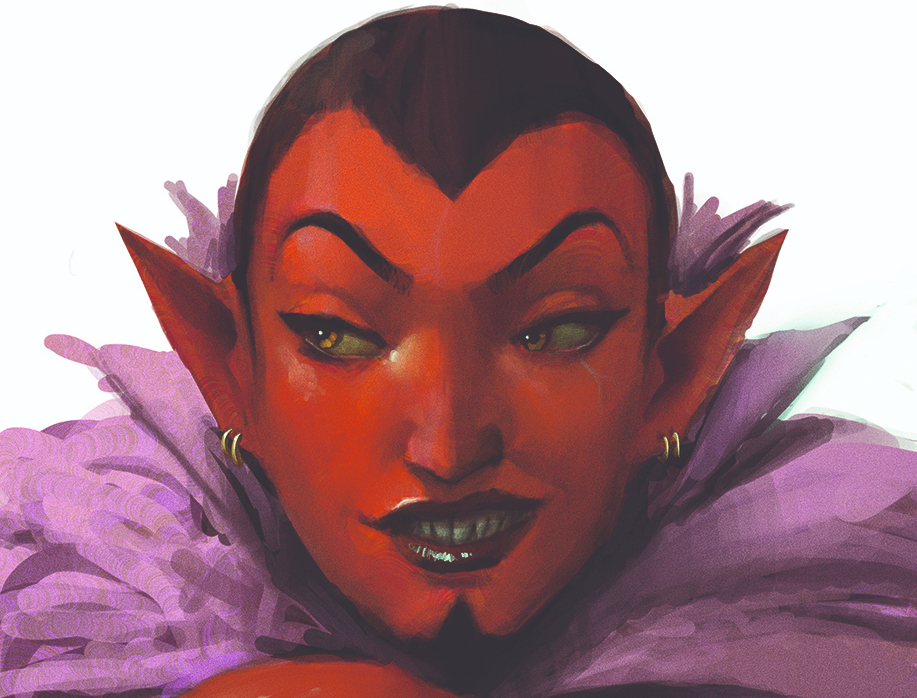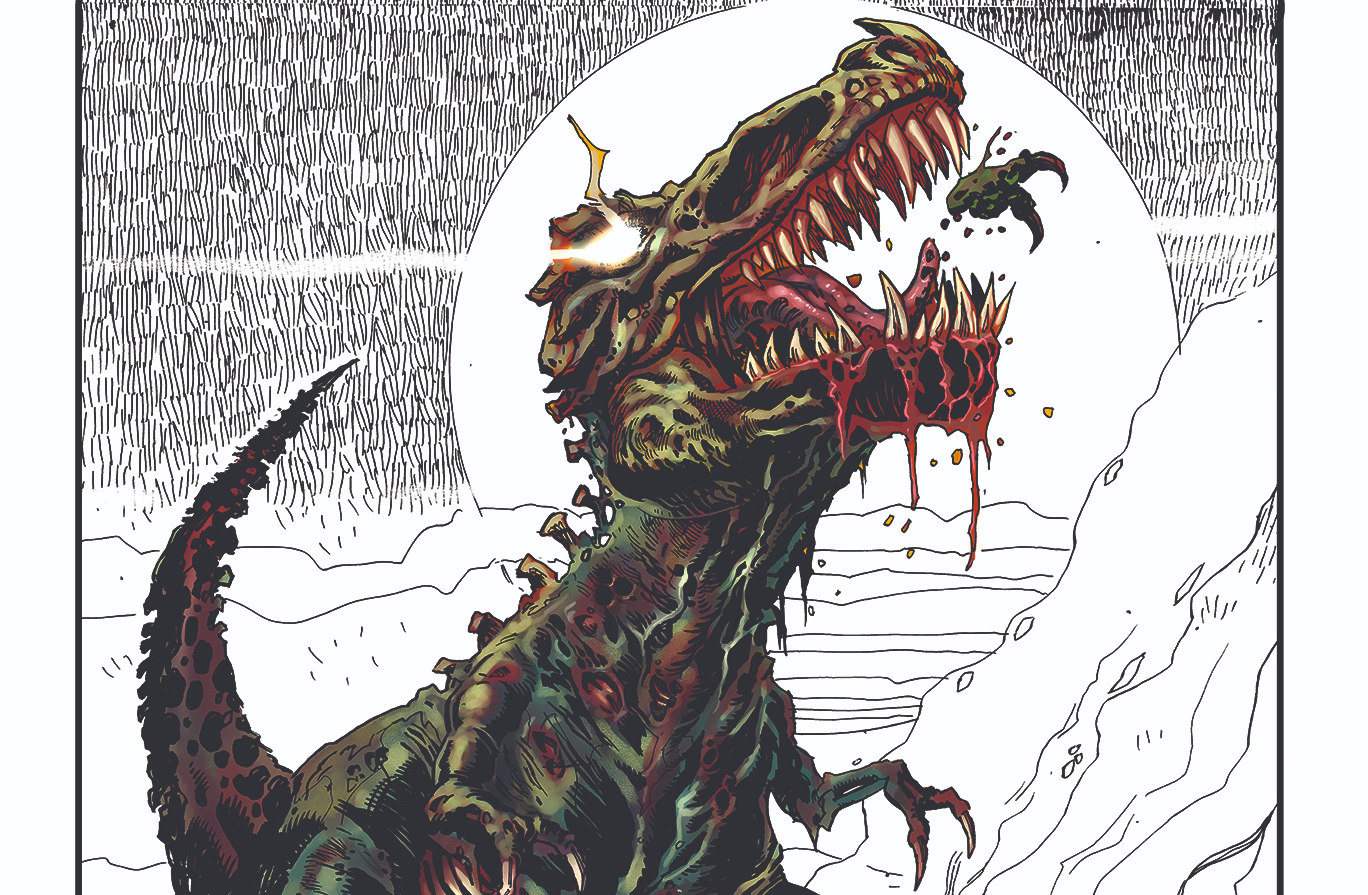How artists can beat burnout

You love making art. But one day you wake up, and you just… can't. What's happening? Well, it could be burnout. Far from being just a trendy buzzword, burnout is a state of physical, mental and emotional exhaustion that we all feel from time to time.
There's no shame in admitting that you're suffering from burnout, but there's also no harm in knowing how to beat it. In honour of World Mental Health Day, we present tips from leading creatives to help your artistry thrive under pressure. But first, let's find out what exactly burnout is and why artists are so prone to it.
If you want some help managing your stress levels and preventing burnout then check out our list of the best mindfulness apps. Or find relaxation through art with these brilliant how to draw tutorials.
What is burnout?

Burnout isn't just a throwaway catchphrase, it's a real condition, says Dr Lynda Shaw, a neuroscientist, business psychologist and change specialist. "It can be caused by periods of additional anxiety or pressure, difficulty separating work and personal life, or a work/life balance that’s out of kilter," she explains. "Working too many hours, spreading yourself too thin, and especially at the moment, facing pressures of an uncertain job market, will all contribute. Feeling burnout can influence every aspect of your life, from your work to relationships, to your physical and mental health, and can leave you feeling you have very little left to give."
In medical terms, burnout relates to the release of cortisol, a stress hormone from the adrenal glands. "We need the right amount of cortisol to survive," says Dr Shaw. "But cortisol can become toxic if allowed to continue for long. Persistent and overreaction of these stress systems can be detrimental to our health."
Anyone can suffer burnout, but Domareen Fox, a London-based art director, production designer and visual development artist, believes that creatives are especially prone to it. "Whether it’s working for yourself or someone else, our creativity is often drawn from a personal place," she points out. "And it can become incredibly taxing to continuously pull from this source, day after day."
With all that in mind, let's explore seven ways you can avoid burnout getting the better of your creativity.
01. Learn to switch off

While some people switch off the moment they leave their workplace, being an artist is more a state of being. As Alex Beddows, a British 3D artist working in the video games industry, notes: "With anything that's a career and not just a nine-to-five job, the boundaries are far more grey. In addition, direct comparison to your peers can lead us to push ourselves further than we have the capacity to maintain."
So how can you avoid burnout? Deadlines are deadlines, and it's impossible to remove all the stress from your working life. But you can find better ways of dealing with it, believes Domareen. "I suffered burnout when I held supervising and art direction roles on numerous projects, for four years straight at the time, and neglected taking any breaks or holidays," the artist reveals. "I developed bad work habits too: unnecessary overtime and talking about work after work hours, to name a couple. As a result, my mental and physical health began to decline."
02. Listen to your body and mind

Fox's wake-up call, she says, came when she was diagnosed with fibromyalgia, a condition where pain occurs throughout the body. "After that, I planned my finances, and took a six-month hiatus," she says. "I didn’t draw for myself during that time either. And it was bliss: this was the year I got into gardening. I realised I'd been putting 100 per cent into career advancement, but zero per cent into personal development, health or just living life. I learned the importance of listening to your body and mind."
"It's great to be passionate about your work, but you can't let that passion overtake everything else," adds Alex. "Yes, you need to make sacrifices, but some things are more important. So for example, the deadline for a project takes priority over crazy sock day at school. But putting some extra hours into personal development is definitely not more important than your mother's birthday."
03. Know your limits

"For me, taking on too much work led to burnout, because of how many deadlines I had to meet – sometimes even sacrificing some deadlines for others," recalls Miguel Ycasiano, a concept and character artist based in Quezon City, Philippines. "This taught me to be more measured with time management because it takes time to create pieces, and it becomes difficult to create quality work if you take on too many projects at once."
04. Learn to say no

When personal priorities clash with the demands of work or education, Domareen advises a policy of full honesty. "After my hiatus, I vowed only to do overtime when really necessary, and to give realistic estimates on delivering work," she remembers. "I'm fortunate to be working with a compassionate team, so I'm completely transparent with them about my physical and mental struggles. I've also learned when to say no, and to speak out against unhealthy work practices."
Having a support group can make all of this easier, adds Alex. "I have a group of artist friends who are like brothers to me," he says. "We talk nearly every day, we joke, we argue, we critique each other's work, and I talk to them about my problems – big or small," he says. "Trusted friends can do more for your long-term career and mental health than any tutorial or course."
05. Find work that brings you joy

It's also about finding work that brings you joy, believes Belfast-based comic artist PJ Holden. Well, eventually, at least. "Certainly in the early part of your career, you take on work that you don’t have passion for," he says. "And sometimes the excitement of getting paid will power you through. But as you get older, you start to know yourself and your work better. You figure out what are the projects that fire you up, and if you’re lucky, those will be the ones you're offered."
07. Don't compare yourself to others

There are things you can do on a day-to-day basis too. "First, don't compare yourself too much to other artists," says Jill Becker (also known as Paintixir), a digital illustrator based in Virginia, US. "Everyone's artistic journey is different: it's just one of the things I've had to come to terms with. "Also, take breaks! I'd highly recommend doing something else non-art related. I'll walk around the track for an hour, play video games, read, or binge-watch shows on Hulu! Then I'll be back to work with new, fresh ideas."
This article originally appeared in ImagineFX, the world's best-selling magazine for digital artists. Subscribe here.
Daily design news, reviews, how-tos and more, as picked by the editors.

Tom May is an award-winning journalist specialising in art, design, photography and technology. His latest book, The 50 Greatest Designers (Arcturus Publishing), was published this June. He's also author of Great TED Talks: Creativity (Pavilion Books). Tom was previously editor of Professional Photography magazine, associate editor at Creative Bloq, and deputy editor at net magazine.
You must confirm your public display name before commenting
Please logout and then login again, you will then be prompted to enter your display name.
